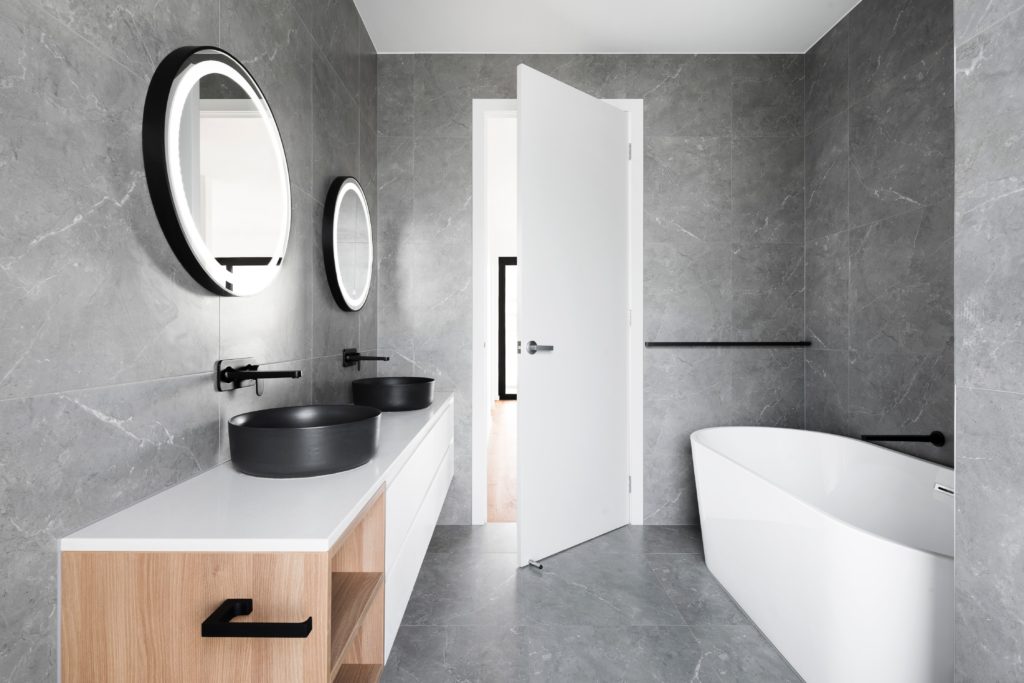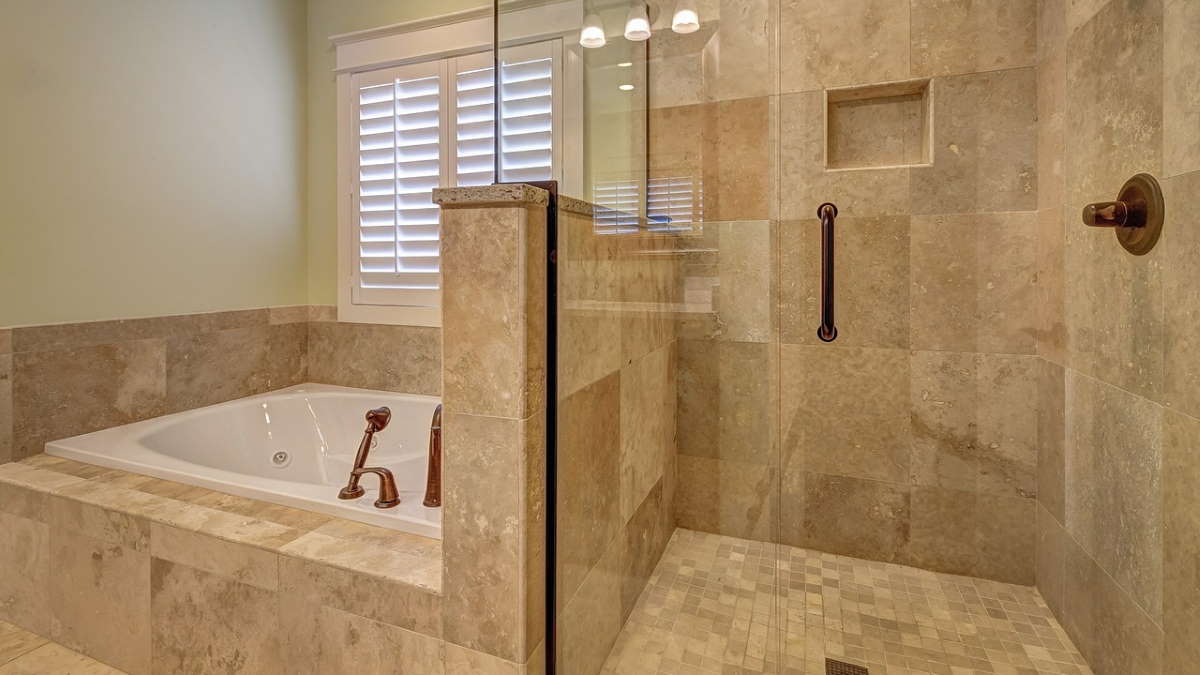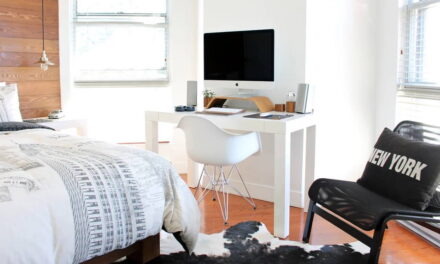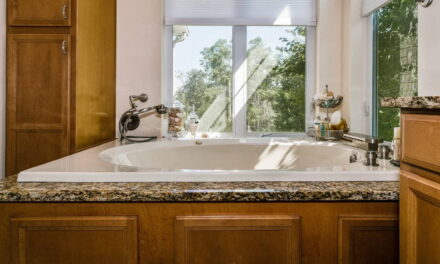Learning how to tile a bathroom can save you a significant amount of money, especially on labour costs, so it makes sense to do some of the work yourself. Our easy guide shows that tiling is an achievable DIY project even for beginners. Hiring a professional is always the better option, however not when a budget isn’t on your side.

1. Make a Plan
Tiling the floor and every wall gives you the freedom to splash water anywhere. A half tiled bathroom makes you think about being more careful, but it gives you the chance to be more imaginative with wallpaper or paint. Half-tiled can be updated more frequently, while fully tiled is likely to remain unchanged for years. How to tile a bathroom might be affected by the cost as it will be more expensive if you tile the entire bathroom.
2. Choosing Patterns
Make your bathroom appear spacious with a simple tile pattern. Trendy, dominant colours tend to date faster than neutral shades. It’s also important to choose the right shape. A narrow brick bond is very popular for contemporary bathrooms. But if you’ve chosen an old fashioned bathroom, you should consider small, hexagonal tiles that were very popular in the Victorian and Edwardian days.
3. How to Tile a Bathroom like an Expert
Learning how to tile a bathroom successfully relies on thorough preparations. Remove any old wallpaper or tiling and fill in crevices and holes. It’s important to make sure the walls are level otherwise your tiles won’t fit smoothly. If you want to have the walls re-plastered, you might have to wait eight weeks for them to dry before tiling.
4. How Many Tiles?
To find out how many tiles you’ll need, measure the height of the wall and divide the result by the height of the tile. Repeat for the width of the wall. Multiply them together ensuring you round up to the nearest whole number. Add on 15% to account for any waste through cutting the tiles.
5. Marking Guidelines
Knowing how to tile a bathroom so that it looks professional means having the patience to mark out the spacing accurately. One tip is to make your own marker rod from a thin strip of wood. Place a row of tiles complete with tile spacers on a level floor surface. Use a pencil to mark off where the edges of the tiles and spacers happen to be. Then use your marking rod to transfer the markings to the wall, starting from the centre and working outwards. If you get this part right, you’re well on your way to tiling successfully.
6. Cutting Tiles
When you cut porcelain or marble tiles, they have sharp, glassy edges and tiny splinters that fly up in all directions. They can cause serious injury, so always protect your eyes with goggles and work wearing gloves. There are specialised tile cutting tools that are easy to use. Alternatively, use a hand-held tile scribe where you score the surface, then place it over a brick or cupboard edge and press down on it to cleanly snap it in two.
7. Applying the Tiles
It’s best to use a tile adhesive that’s waterproof and follow the manufacturer’s instructions. The adhesive usually dries fairly quickly, so work on small sections of no more than one metre. Use a tiling trowel to apply the adhesive in a thick layer before smoothing it out with a ridged spreader. Press a tile into the adhesive so it corresponds with the pencil markings and include the tile spacers. Making sure the spacers are pushed in deeply enough is an important technique in how to tile a bathroom in a professional way. Always wipe away any adhesive from the surface of the tiles before it sets.
8. Grouting
Leave your tiles to dry for at least a day before applying grout. Most preparations are made by stirring a bucket of water and letting the powdered grout fall in slowly until it’s fairly thick. After it has stood for a few minutes, you can apply the grout with a rubber-edged tool such as a squeegee. Work on small sections and use a damp cloth to clean the grout away from the surfaces. After about an hour, you can buff the tiles with a soft cloth.
Conclusion
With a few easy tips and tricks, it’s easy to learn how to tile a bathroom so that it looks incredibly professional. Always take your time with your preparations and your tiling will have a beautiful finish that should last for years.
Author Bio:
Ray Brosnan is the co-owner of Brosnan Property Solutions. They offer homes and businesses property maintenance services.





